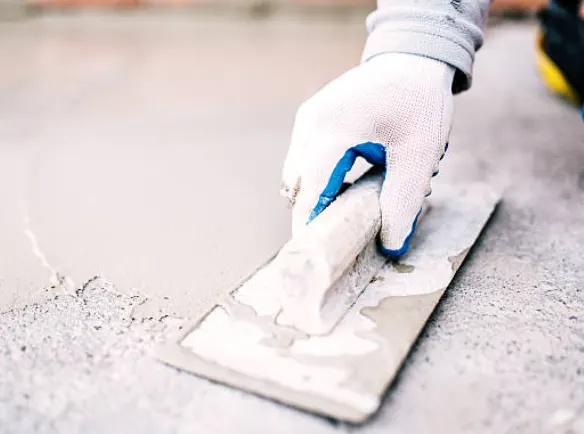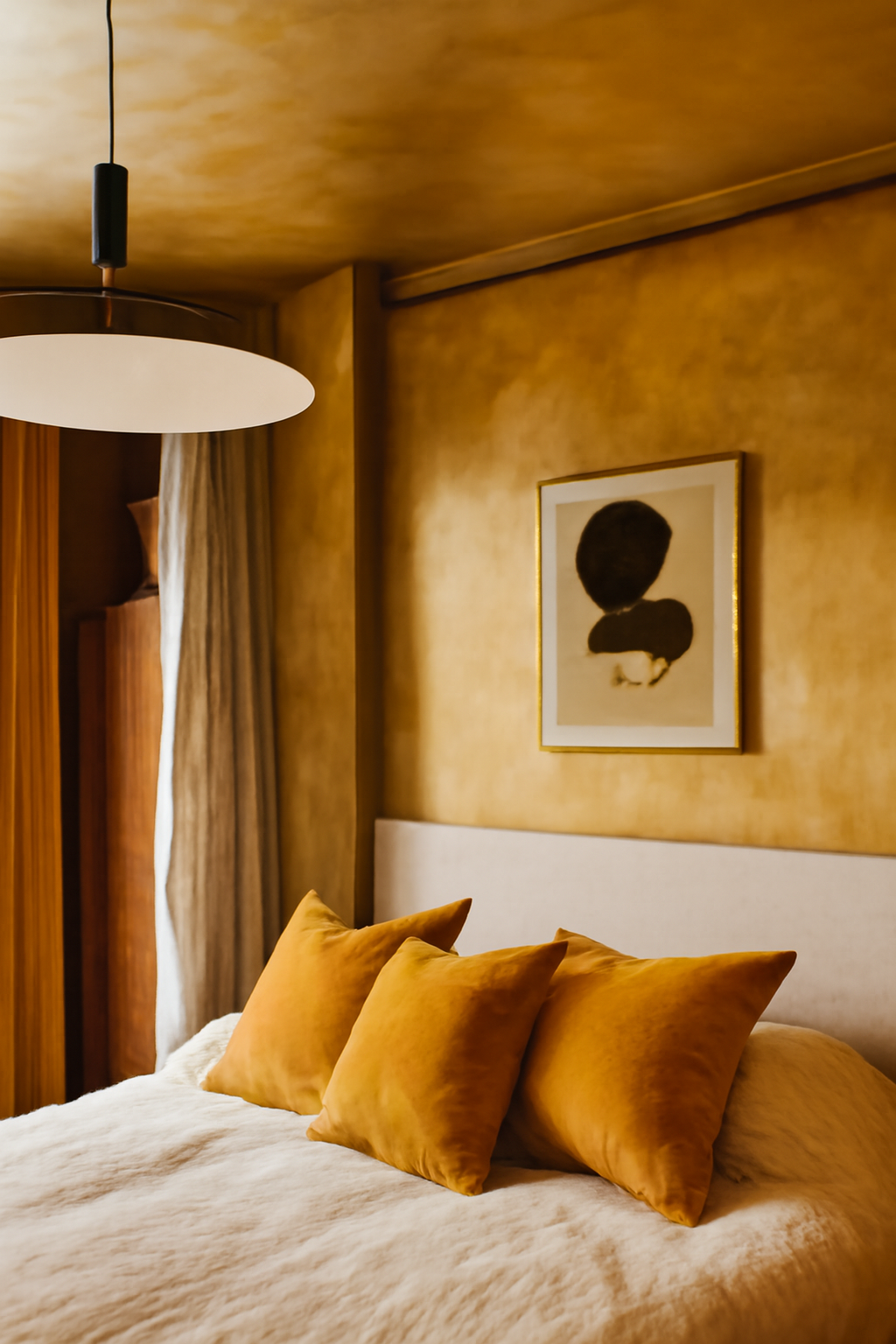Waterproof glue is a main material for warm walls and surfaces from moisture and. Water damage, forging it a crucial choice for various forms, notably in humid environments.
Rainproof plaster, a contrast with common plaster, is specially treated for resistance to water penetration, elusive problems like mold development and basic penance. Knowing the various kinds, gain, and methods of applying rainproof plaster is essential as artisan. And homeowners site a higher value on lasting beauty and strength in building and remodeling plan. Formerly, with to help you in making well-informed decisions for your upcoming project, this article tries the features, benefits, and best practices of rainproof plaster.
Understanding Waterproof Plaster : Definition and Purpose
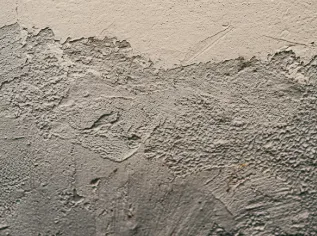
What is Waterproof Plaster?
It is a special wall shelter made to halt water from getting inside walls and ceilings. Think of it like a strong buffer that protects your home from rejected moisture. It helps have your rooms safe and dry, so water won’t damage your space. Whether in bathrooms, basements, or outside walls, rainproof plaster works to have everything strong and protected.
Key Features of Waterproof Plaster
The first things about waterproof plaster are its strong barrier against water and its certain mix that still lets walls breathe. One aid it blocks water from attack but favor any trapped gas inside to dry out. Ultimately, it also doesn’t crack or dim easily, so it finishes a long time in varied places. Initially, plus, it comes in varied textures, so your walls can look both nice and useful at the same time.
Types of Waterproof Plaster
Cement-Based Waterproof Plaster
Cement based rainproof glue is the leading champion of the bunch. Made with cement, sand, and special additives, it’s tough enough to defy harsh weather conditions. Another type is full for outdoor appeal or in areas exposed to steady moisture, like outdoor kitchens or poolside walls. Think of it as the bouncer at a stylish club – it’s there to keep the riffraff (a.k.a. water) out!
Acrylic Waterproof Plaster
Dye waterproof plaster is like the fashionable cousin of cement-based plaster. It mixes dye polymers with classic plastering materials, ensuing in a flexible and petty solution. Lately, it adheres well to various faces, making it a go-to for private. Applications or areas exacting a bit of style, like decorative ceilings and feature walls. Plus, it dries swiftly, so you won’t be waiting around for ages to show off your new gaze.
Polymer-Modified Waterproof Plaster
Now, if you seek the leading of both worlds, polymer-modified waterproof plaster is your option. It links the meat of cement with the flexibility and adhesion of polymers. This high-performance type is unreal for onerous status, such as economic buildings or locations that bear frequent thermal expansion and contraction. Suddenly, it’s like the Swiss Army knife of plasters – versatile and ripe for any protest!
Benefits of Using Waterproof wall plaster
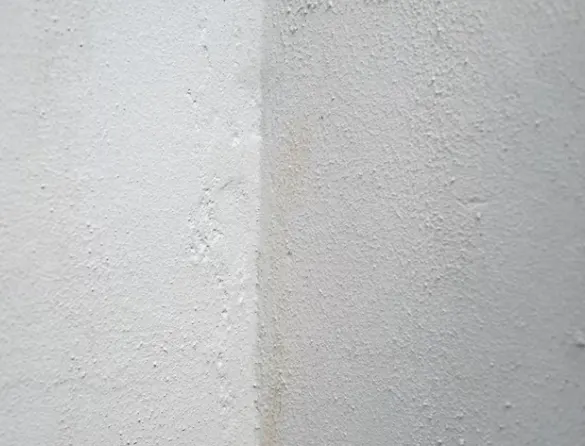
Moisture Resistance
Every primary benefit of Waterproof wall plaster is, unsurprisingly, its fog resistance. It forms a jealous shield that halt rain from soaking into your walls. This is particularly vital in areas apt to high humidity or candid rain contact, such as bathrooms and kitchens. Alongside waterproof plaster, you can say goodbye to rain damage horror and hello to dry, comfortable spaces!
Mold and Mildew Prevention
Waterproof wall plaster is like your home’s secret weapon against mold and mildew. Lately, by charge moisture at arm, it significantly reduces the likelihood of those obnoxious guests context up camp in your corners. Together with less mold growth, you can sigh easier (and your bar can gaze much well). Gradually, after all, a fresh home is a happy home!
Durability and Longevity
Grant in rainproof plaster means grant in the eternal health of your dam. Its durable nature ensures that it can withstand the test of time, resisting cracking and infamy even in arduous conditions. Immediately, you won’t have to worry about frequent repairs or repainting – it’s all about the low-maintenance. Lifestyle that lets you focus on more important things, like binge-watching your favorite series on a rainy day.
Application Techniques for Waterproof wall plaster
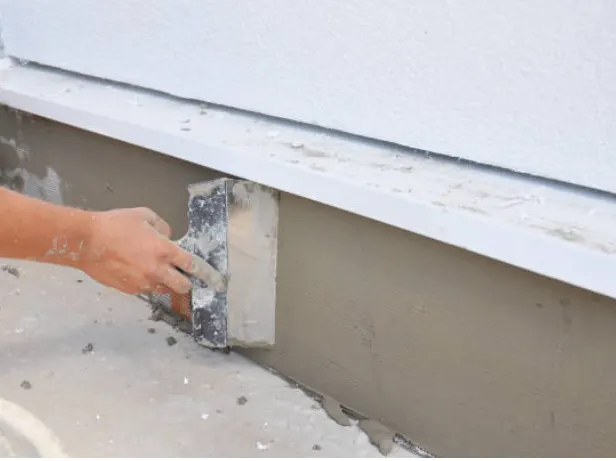
Surface Preparation
Before plastering, it’s key to prepare the wall. Eventually, clean it well, so there’s no dust, grease, or loose paint. Immediately, fix any cracks and, if feasible, use a primer to help the plaster stick better. Recently, think of it like getting ready for a key meeting – the first step matters!
Mixing and Applying Plaster
Follow the instructions on the plaster pack for mixing. Usually, you need to add drink slowly while touching until it’s smooth with no beating. Subsequently, apply a trowel to spread the plaster evenly on the wall. Start from the bottom and move up to avoid drips and carry it neat.
Finishing Techniques
Once the plaster is on, you can choose how it will view. Go for a smooth finish, a face design, or indeed patterns. Use a trowel or wino for elegance, and seek different tools for makeup like swirls or lines. Initially, respective way, your dam can view both strong and stylish!
Common Mistakes to Avoid
Improper Surface Preparation
If you think you can slap rainproof plaster onto a dirty or bumpy top and call it a day, think again! Proper top preparation is central. Make sure to clean, repair, and prime the area before application. Otherwise, you might as well be putting a trench coat on a sponge.
Incorrect Mixing Ratios
Waterproof plaster isn’t a magic potion; it doesn’t just alter with a splash of playfulness. Adhere to the manufacturer’s mixing ratios like they’re the rules of a secret society. Too much water? You’ll have a soupy debris. Initially, too scant? It’s like trying to move a bike with flat tires.
Neglecting Curing Time
Patience is a virtue, my friend. Rushing to use the plaster before it’s cured can cause peeling or explosion, leaving you place in the rain (metaphorically vocal, of course). Follow the approved curing times and treat your plaster to a scant TLC during this period.
Maintenance and Care for Waterproof Plaster

Regular Inspections
Just like lasting a pet rock, your waterproof plaster needs attention too! Schedule regular inspections to catch any cracks or weaknesses before they transform into a full-blown disaster. Ultimately, every stitch in time saves nine—and potentially many of bill!
Cleaning Recommendations
Cleaning it is a breeze—just avoid abrasive cleaners like they’re your ex at a party. A gentle soap and drink solution will do the trick. Give it a wipe-down sometimes to keep it looking acute, not grimy.
Repairing Damaged Areas
Accidents happen. If a crack appears, don’t panic! Simply clean the area, apply a patch, and re-plaster as needed. Think of it as giving your wall a little spa cure. It’ll be back to its waterproof glory in no time.
Comparing Waterproof Plaster with Other Wall Finishes
Waterproof Plaster vs. Traditional Plaster
Traditional plaster looks good indoors but doesn’t protect against water. It not only looks lovely but also stops dampness. Simultaneously, it’s the stronger choice for keeping walls safe.
Waterproof Plaster vs. Paint
Paint because walls look colorful, but it doesn’t give much protection. It is improving and keeps water out, even during heavy rain. Paint is for looks, but plaster is for protection.
Waterproof Plaster vs. Tiles
Tiles look stylish but are harder to install and need grout, which can cause problems later. It gives a smooth, clean finish and protects from moisture without extra hassle.
Is Waterproof Plaster Right for Your Project?
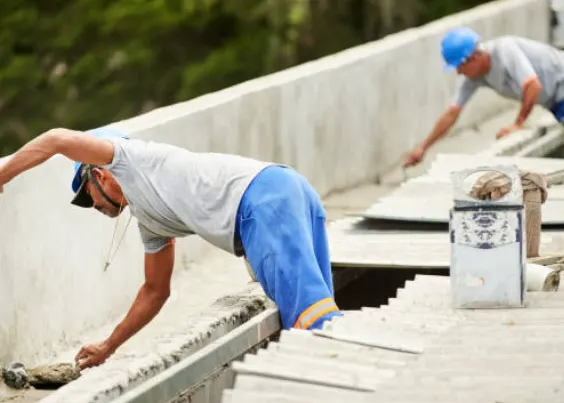
Evaluating Your Needs
Before picking rainproof lime, think about what your project needs. Do you often meet damp or wet walls? Do you want something that doesn’t need too enough care? Previously, if yes, rainproof lime could be the right choice for you.
Cost Considerations
Waterproof plaster may cost more at first compared to paint or normal plaster. Nevertheless, it’s a bold investment because it lasts longer, saves you from sculpt problems, and reduces repair costs in the future.
Final Thoughts on Waterproof Plaster Usage
If you want strong walls, protection from moisture, and less maintenance, rainproof plaster is a good option. Learn about its types, benefits, and the right way to apply it. Whether you’re adapting an old wall or building something new, rainproof plaster will keep your walls safe, long-lasting, and good-looking. Formerly, choosing it mode peace of head and better protection for your home.

